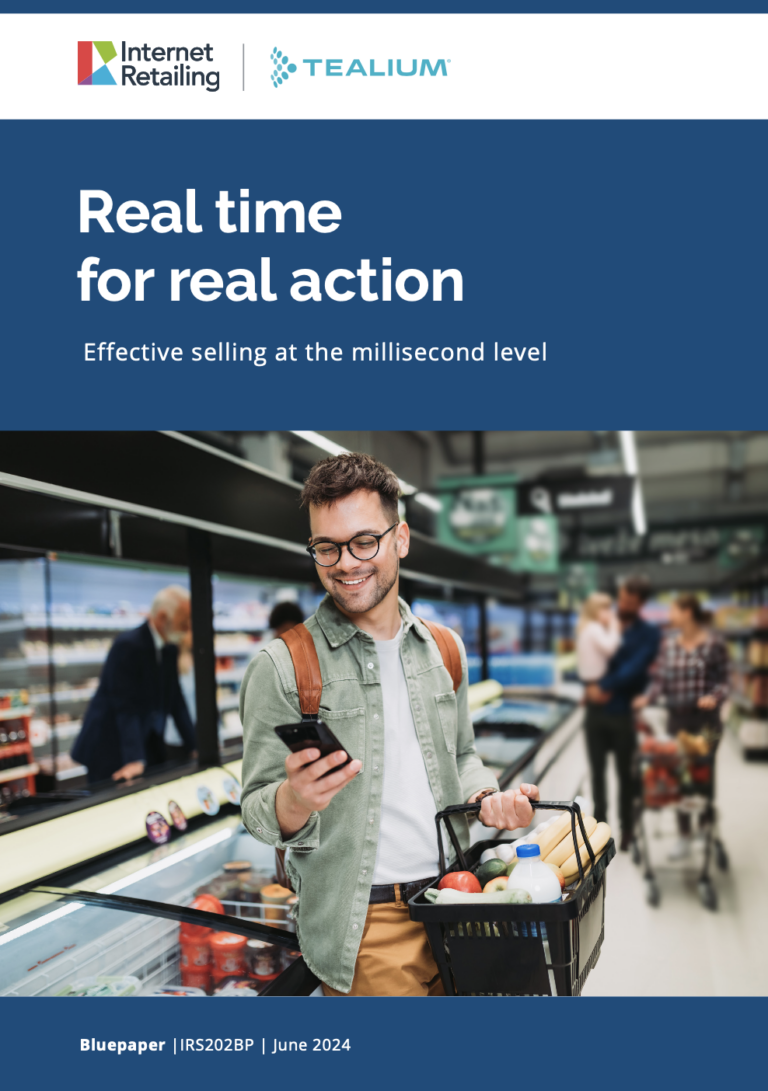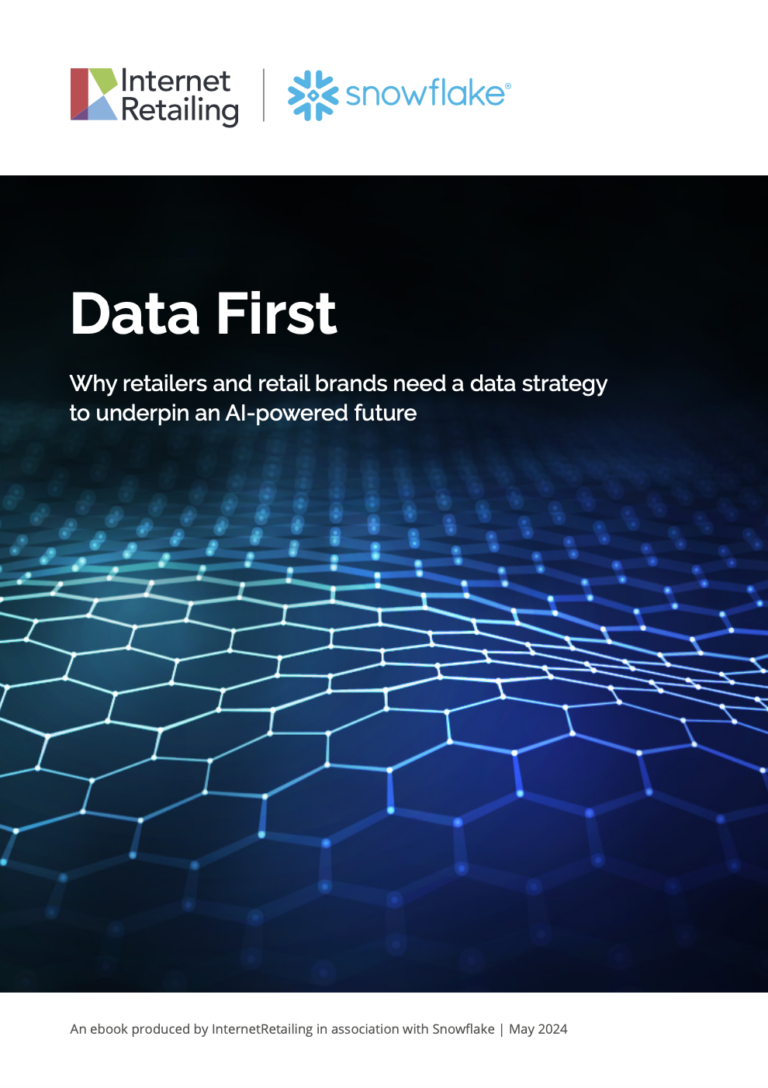Nearly half (45%) of social media users – rising to 62% of Gen Z – say they’ve been actively looking for more money-saving content from brands and influencers on social media since the cost-of-living crisis began.
According to a study by global socially-led creative agency We Are Social and market research company Statista Q, a quarter (26%) of users are now more likely to click on or purchase budget products that are advertised or shared on social media.
Facebook tops the list as the most helpful platform for money-saving content (43%), followed by Instagram (31%) and TikTok (28%).
The survey analysed 2,000 social media users in the US and UK. It examined how social media users were adjusting their behaviour on social media when it comes to their own content and those they follow, in order to help them navigate the cost-of-living crisis.
Findings from the survey feature in the Rethinking Value During a Cost-of-Living Crisis report, which also reveals that when it comes to influencer content, more than half (59%) of social media users say influencers have actually helped them find cheaper product options.
Users have also noted a marked shift in the tone and content of influencers on social media, from aspirational to relatable: nearly half (43%) of adult social media users in the US and UK say creators on social media are more considerate of their audience’s spending power since the crisis hit. And three-quarters (78%) think that influencers who share luxury items risk being perceived as being out of touch.
While around half (48%) of users believe their social media accounts show a realistic version of their life, one in six (15%) admit that they’ve toned down their own online posts to avoid ‘showing off’ in the current economic climate.
Paul Greenwood, report author and head of research & insight at We Are Social, said: “It’s become clear that digital life hacks have entered a new era. Shopping at budget stores has become a badge of honour, showcased via TikTok challenges. Collector culture has suddenly become more accessible, with inexpensive spoils shared on social platforms.
“It’s natural that people will change the way they act as their financial status shifts and we can see people are taking a more subjective view of what’s actually valuable to them. That often means influencers flexing what they know rather than what they have – and brands should be taking a similar approach in social platforms.
“From the ‘deinfluencing’ trend to the re-emergence of ‘how to’ videos, we see that brands and creators are trying to help consumers with the small things that will improve their day-to-day lives.”
Greenwood adds: “We’re seeing people taking an increasingly detached approach towards money on social media through commentary, and experimenting with escapism from harsh realities by delving into fictional worlds.
“Brands can use content to help aid escapism, conjure positive emotions, or lean into absurdist humour to help take a lighter tone. There’s a lot of scope for brands to use social media to add value to people’s lives and be useful as well as entertaining.”










